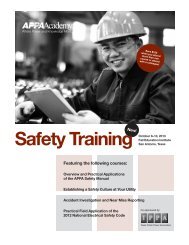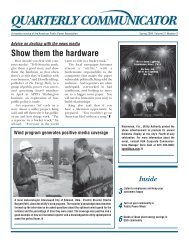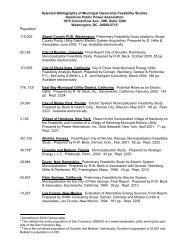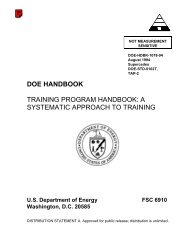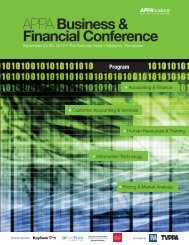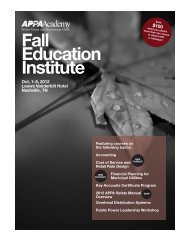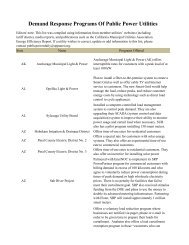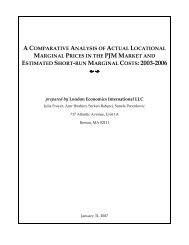Safeguarding Classified and Sensitive But Unclassified Information ...
Safeguarding Classified and Sensitive But Unclassified Information ...
Safeguarding Classified and Sensitive But Unclassified Information ...
You also want an ePaper? Increase the reach of your titles
YUMPU automatically turns print PDFs into web optimized ePapers that Google loves.
• Do not permit an unauthorized individual (including spouse, relative, or friend) access to<br />
any sensitive computer network.<br />
• If you are the inadvertent recipient of classified material sent via e-mail or become aware<br />
of classified material on an open bulletin board or web site, report it to DHS OS/ASD via<br />
secure means.<br />
Security Risks with E-Mail<br />
<strong>Classified</strong> information must not be sent via an unclassified email system or in any way posted on<br />
any internet, intra-net, virtual private network, or any other automated communications tool that<br />
has not been specifically approved for processing classified information.<br />
E-mail <strong>and</strong> the internet create many opportunities for inadvertent disclosure of classified<br />
information. Before sending an e-mail, posting to a bulletin board, publishing anything on the<br />
internet, or adding to an existing Web page, you must be absolutely certain none of the<br />
information is classified or sensitive unclassified information.<br />
As a result of the internet <strong>and</strong> e-mail, there has been a sharp increase in security incidents<br />
involving the accidental disclosure of classified <strong>and</strong> other sensitive information. One common<br />
problem occurs when individuals download a seemingly unclassified file from a classified system,<br />
<strong>and</strong> then fail to carefully review this file before sending it as an attachment to an e-mail message.<br />
Too often, the seemingly unclassified file actually has some classified material or classification<br />
markings that are not readily apparent when the file is viewed on line. Sending such material by<br />
e-mail is a security violation even if the recipient has an appropriate security clearance, as e-mail<br />
can easily be monitored by unauthorized persons.<br />
More important, even if the downloaded file really is unclassified, the electronic version of that file<br />
may have recoverable traces of classified information. This happens because data is stored in<br />
"blocks." If a file does not take up an entire block, the remainder of that block may have<br />
recoverable traces of data from other files. An approved technical procedure must be followed<br />
for removing these traces before the file can be treated as unclassified.<br />
Telephone Use <strong>and</strong> <strong>Classified</strong> Conversations<br />
<strong>Classified</strong> information must not be discussed over non-secure telephones. Never<br />
attempt to talk around classified information over an unsecured telephone system.<br />
<strong>Classified</strong> telephone discussions must be conducted using secure equipment, i.e.,<br />
Secure Telephone Unit (STU-III) or Secure Telephone Equipment (STE).<br />
Before holding a classified discussion on an approved phone ensure the person on<br />
the distant end possesses the need-to-know for the information being discussed. The discussion<br />
cannot exceed the level of classification for which the STU-III/STE connection is approved.<br />
You must also ensure the classified portion of the conversation is not overheard by uncleared<br />
personnel. Most offices are not soundproof <strong>and</strong> voices tend to carry into adjacent cubicles <strong>and</strong><br />
hallways. Always check adjacent areas to prevent unauthorized persons from overhearing<br />
classified discussions.<br />
20




